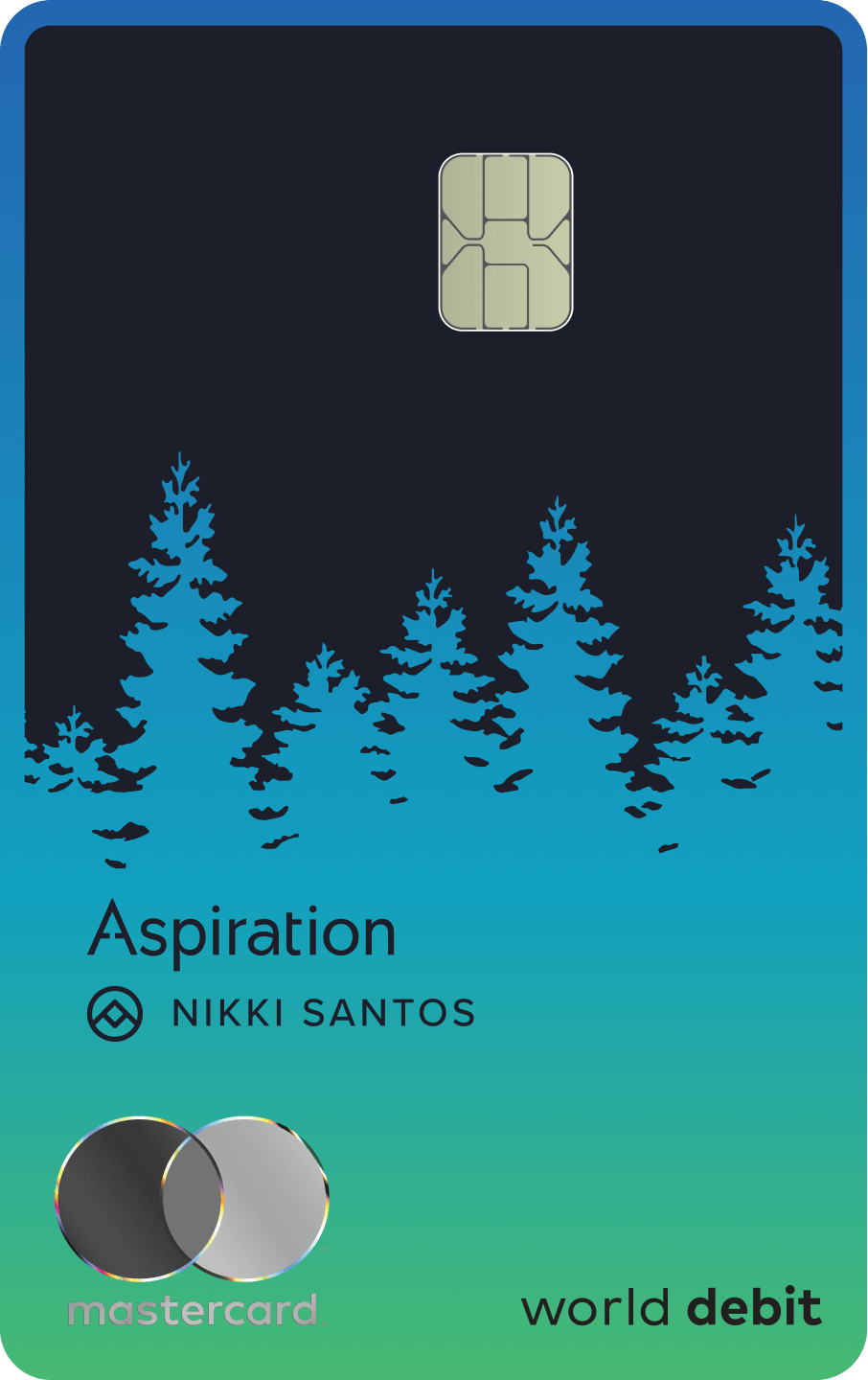
In 2019, more than 521 million people visited an amusement park. And it’s no wonder: long lines aside, amusement parks are an easy summer vacation idea the whole family can get behind. But if you’re among the 72 percent of Americans who believe humans are the dominant drivers of climate change, it’s hard to ignore the environmental toll amusement parks take on our environment. One cursory glance around the park will show you energy-hogging rides, booth after booth of turkey legs and other highly processed foods, overflowing trash cans, and plastic, plastic, plastic.
But you don’t have to bail out of the family vacation all together to help the planet. Here are a few tips for finding ways to enjoy the thrills that theme parks have to offer without compromising your environmental values.
Do your homework before you go
Many of the major park franchises have undergone huge efforts to make their parks more eco-friendly. The Disney Parks have been committed to moving towards zero waste in portions of their parks, from investing in a 270-acre solar farm which, along with the Mickey Mouse-shaped solar farm installed in 2016, can power two of the franchise’s parks, to reducing water consumption across the board. Disney is also planning to reduce net emissions by 50 percent from its 2012 levels by 2020.
If you’re in need of a soak, the water park Schlitterbahn recycles 97 percent of its water for its guests (although that process does involve the heavy use of purification chemicals). Six Flags underwent a partnership with KDC Solar to convert much of its power usage to renewable sources through solar panels. With the solar panels, the Six Flags Great Adventure park in New Jersey is almost entirely powered by renewable energy, providing 98 percent of the power used for the park.
And then there are the theme parks that put their eco-friendly properties front and center. DefiPlanet, for example, is a 62-acre French theme park that educates visitors on the dangers of climate change in a surprisingly entertaining way. One interactive display asks visitors to touch a tree trunk, which in turn sings a song including the lyric: “The earth will soon be dead and torn.” In the United Kingdom, GreenWood Forest Park runs on 80 percent solar energy and developed a first-in-the-world alternate energy-powered ride: the SolarSplash.
If you’re choosing to cut down on your carbon footprint by eschewing air travel and looking for fun locally, it’s worth spending a little time researching the space before you go. Finding a local amusement park that is also eco-friendly may seem like a challenge. After all, local parks don’t always have the massive resources available to, say, the Disney franchises. But that doesn’t mean that local attractions don’t also take sustainability into account. For example, the Santa Cruz Beach Boardwalk recycles 180 tons of materials annually and reclaims 1 million gallons of water per year for landscaping and other non-potable uses.
Go paperless in the park
If you’re headed to a major park (think: Disney, Universal Studios, or any other large franchise), there’s almost no reason to still be using paper tickets. Cut down on paper waste by downloading the park’s app ahead of time. You can use it to keep track of your tickets, review a map of the park, or access other features—like FastPass at Disneyland—without having pockets full of paper at the end of the night.
That may not be possible at other smaller parks, like local fairs or boardwalks, but you can always take steps to cut down on your personal paper trail. For example, avoid places like arcades that require paper tickets to play games, and be sure to forego any paper maps you might be handed. Test out your navigational sensibilities on your own! We believe in you.
Steer clear of plastic
A few amusement parks have already banned the use of plastic straws and plastic bags (including Disney parks, Busch Gardens, and SeaWorld) but if you’re headed to a park with both available, bring your own water bottle and fill up throughout the day rather than buying single use plastic in the park. Enjoy drinks without a straw and, if you really want to make a stand, bring bamboo utensils rather than picking up and discarding plastic cutlery.
Consider bringing your own bags for souvenirs, too. Or better yet, don’t purchase souvenirs at all: plastic toys (and balloons) often end up in landfills or the ocean.
Choose food options wisely
Meat isn’t great for the environment, and especially at theme parks, it’s not great for your health either. Disney’s giant turkey legs, for example, have over 40 grams of fat.
The good news is that many parks already offer vegetarian or vegan options—including everyone’s favorite frozen treat, the Dole Whip—so you don’t have to forego all treats in order to make better choices for the planet.
If your carnivorous heart really can’t resist the siren call of a burger or other meat-centric entree, consider splitting meals with friends at the park too in order to cut down on food waste (and also to spare your wallet!).
Take the time to recycle or compost
We doubt that the family brawl at Disneyland was about the proper way to recycle your Dole Whip cups, but it’s still a conversation worth going viral. And many of the larger parks do offer recycle and composting options—Universal Studios, for example, offers color-coded bins for trash, recycling, and compost to help visitors properly discard waste.
It might be a little less convenient to cart your trash around until you see a recycling or compost bin, but the planet will thank you. According to data from Repreve, a manufacturer of performance fiber made from recycled plastic bottles, if everyone in America recycled just one plastic bottle, you could make more than 54 million t-shirts or more than 6 million fleece jackets.

Spend, Save, and Invest For Your Future and a Greener World
Join Aspiration today to put your money where your values are.
Learn More About AspirationFollow up on your visit
If you spot a way to improve eco-friendly procedures on your visit, don’t be shy about sending in your suggestions. Many parks really do welcome ideas and offer email addresses for suggestions to improve your visit. At a local attraction, a visitor’s information booth or kiosk is where you can make your concerns or ideas known.
Trying to stay eco-friendly while visiting an amusement park might take a little extra work on your part, but it isn’t impossible. With a little attention, you’ll be able to enjoy all of the treats and thrills a park has to offer while also setting an example for other park-goers and minimizing your carbon footprint.

